four
Buying diamonds
We’ve got all the basics you need to know about the four
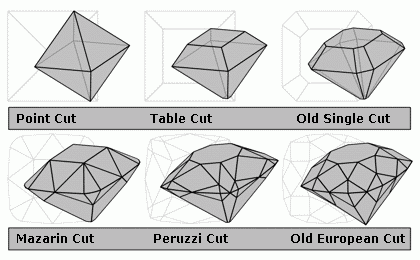
Cut
If you read our blog post about diamond cuts and shapes, you’ll already know that they are two different things – something that many people use as synonyms. The cut of the diamond isn’t the shape, such as round or emerald, it’s actually the proportion of the diamond.
The cut of the diamond is what makes it sparkle and fire (the colourful shine). However, rven if it isn’t cut properly, a high-quality diamond won’t look as bright and shiny as it should. If diamonds are cut too shallow, the light escapes out the bottom, and if too deep, the light escapes out the side. The proportions have to be just right in order for the light to enter the diamond through the top, reflect through the bottom sides, and come back up to your eye.

Clarity
Diamonds may be the hardest material on the planet, but that doesn’t mean they’re 100% perfect. Clarity looks at imperfections on a diamond. That’s right, imperfections. All diamonds have them – just like anything else on
On the surface, they’re called blemishes, and within the diamond, they’re inclusions. Since these imperfections are microscopic, they don’t affect the quality as much as other aspects. In fact, for the most part, you can’t notice them with a naked eye. That said, the smaller the imperfections, the higher the quality.
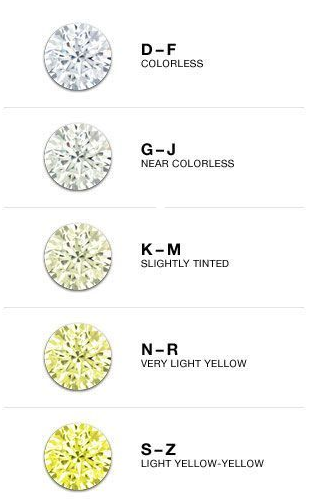
Colour
Colour is probably the easiest of the four
Now, colour diamonds, such as blue and purple, are a completely different story. Those come down to chemistry. Sometimes when diamonds are created, other elements are included, which changes the colour.
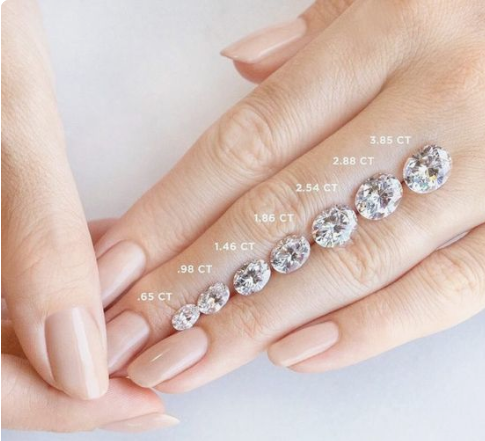
Carat
As mentioned in a previous post, the carat refers to the diamond’s weight. There are two main factors that are looked at while determining the carat: the top diameter in
Keep in mind that two diamonds that have the same carat won’t have the same value. That’s because other factors come into play and affect it. The four c’s of diamonds sometimes affect each other, and carat is a perfect example of that. Diamonds with the same carat might be deeper or more shallow, more yellow, or have more inclusions.

What to Consider Outside the Four C’s of Diamonds
The four c’s of diamonds are important to keep in mind while shopping around, but there are a few more tips we want to share.
Even if you have a grade of diamond in mind, remember that different shapes, metals, and sizes will change how they appear.
For example, setting a diamond on a yellow gold band might let some colour shine through it. Similarly, high-faceted cuts like round or cushion will reflect more light than those with fewer facets, such as emerald or asher, meaning more colour might be seen.
If you’re looking at carats, many say you should buy a little under your ideal. While 1.90 is smaller than 2.0, the size is barely noticeable to the naked eye.
There are many more tips to buying diamonds, but one important trick is to shop around to get an idea of what’s available on the market.
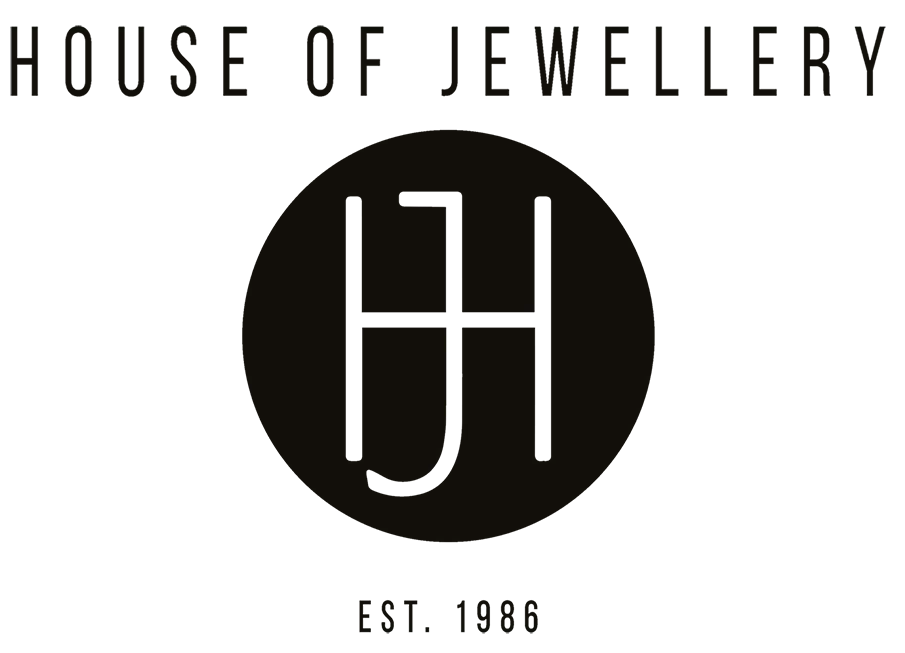

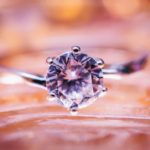
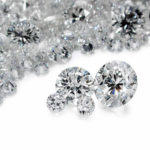

One thought on “The Four C’s of Diamonds”